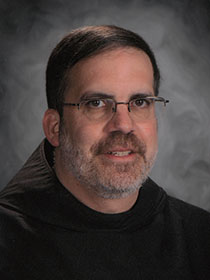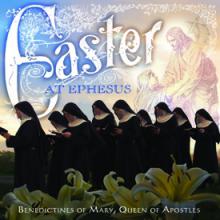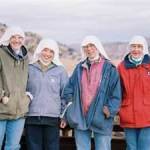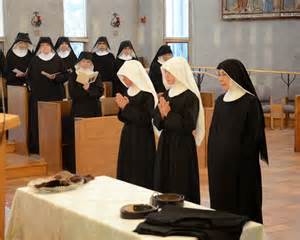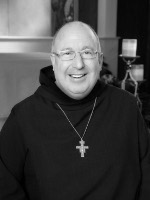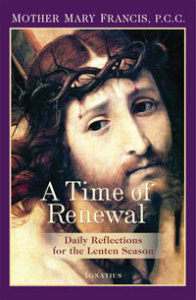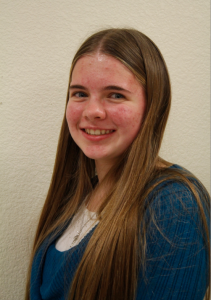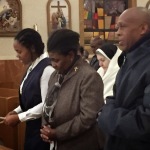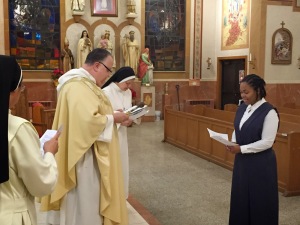 On March 5th, Pope Francis addressed the Pontifical Academy for Life and told them:
On March 5th, Pope Francis addressed the Pontifical Academy for Life and told them:
When life becomes very fragile and the end of earthly life comes close, we feel the responsibility to look after and accompany the person in the best way possible.
The biblical commandment to honor our parents reminds us in a broader sense of our duty to honor all elderly people… On the contrary, the Bible severely admonishes those who neglect or mistreat their parents.
Medicine has a special role within society as testimony to the honor due to an elderly person and to every human being. Evidence and efficiency cannot be the only criteria governing the work of doctors, and nor can the rules of healthcare systems and economic profit. A State cannot expect to profit from medicine.
The elderly need, first and foremost, the care of their families – whose affection cannot be substituted even by the most efficient structures or by the most competent and charitable healthcare workers….(Palliative care is) an important help for the elderly who, for reasons of seniority, receive less attention in terms of curative medicine and are often neglected. Abandonment is the most serious ‘malady’ to afflict the elderly, and also the greatest injustice they can suffer; those who have helped us to grow should not be abandoned when they need our help, our love, our tenderness.
Looking for a home where the elderly will be cared for and loved as family?
Check out some of our Affiliates:
- Carmelite Sisters for the Aged & Infirm
- Carmelite Sisters of the Divine Heart of Jesus
- Dominican Sisters of Hawthorne
- Sisters of Charity of Our Lady, Mother of the Church
- Dominican Sisters, Immaculate Conception Province, Justice, IL
- Sisters of the Third Order of St. Francis, Peoria, IL
For a complete list, visit our website.
